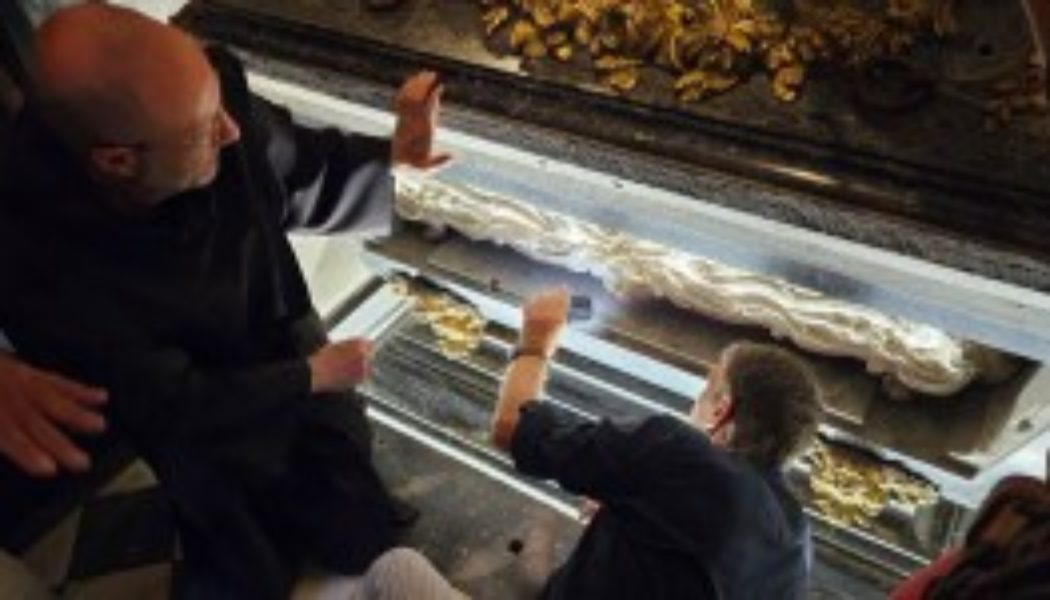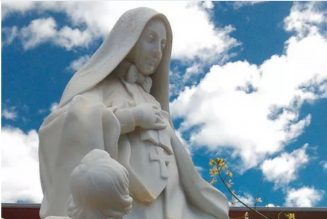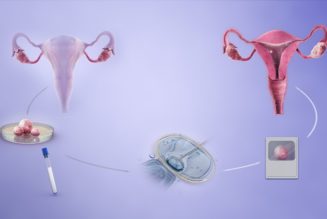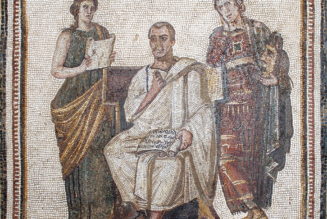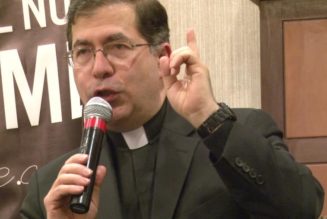Examiners: St. Teresa of Avila must have lived with a lot of pain
As Aleteia reported earlier this year, the largest part of the remains of St. Teresa of Avila have been exhumed for analysis and study. The saint’s body remains in the state that it was in the last time it was exhumed, in the early 1900s.

Initial findings from these analyses have been reported in an interview with two radiographers, José Antonio Ruiz de Alegría and Fernando de Pablo Arranz, in El Debate.
They noted that the last time the remains were exhumed in 1914, Pope Pius X’s subsequent death impeded plans for an in-depth study. Now, 110 years later, technology makes us capable of discovering much that had been lost to history.
The examiners describe her body as “mummified” more than “literally incorrupt.”
Something incredible
Among the most notable findings of the examiners is the severe curvature of Teresa’s spine.
“She had to walk with her head completely forward. Can you imagine the pain that this woman must have had? Truly, it’s amazing. In the work of diagnosing, I’ve seen a lot of scoliosis and other such things, but what I saw in her was something incredible,” noted de Pablo.
Ruiz agreed, adding that “if this woman already had horrible pain, when she founded a bunch of convents traveling by donkey, the pain must have been insufferable. The pain this woman must have had in her spine, in her body.”
De Pablo explained that the severe curvature of her body made it so that her lungs couldn’t work well. “It seems that she breathed diaphragmatically.”
The scientists anticipate that the results of the complete studies will be published in about a year’s time.
Relics around the world
While the studies involve the main portion of Teresa’s relics, which are kept in the convent where she died in Alba de Tormes, many other places have portions of the remains.
As the Spanish agency Cope explained, in Rome at the convent of Santa María della Scala, her right foot and jaw are kept, and at San Pancracio, part of her skull and some teeth.
In Lisbon, Portugal, at the discalced Carmelite convent of San Jose, her left hand is kept, minus her index finger.
In Madrid and in other Spanish cities with Carmelite convents, there are parts of flesh and her habit, and other places have relics of blood and teeth, at least one as far away as Puebla, Mexico.

Here’s a video on a special devotion of St. Teresa’s.
